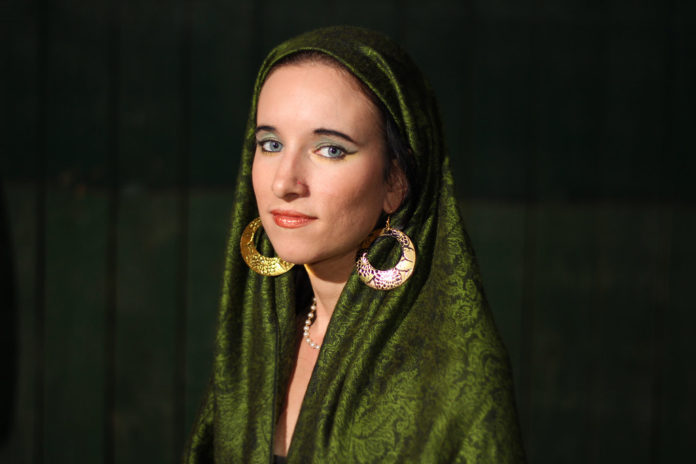
Israeli and Jewish clothing and accessories are perhaps, the most unique around the globe. Now, a lot of people find it confusing, mostly because there are so many clothes worn on specific occasions, as well as jewelry each representing a specific thing. And, if you found yourself in a situation where you want to learn more about the traditional prayer clothes, as well as what some Jewish jewelry represents, you are reading the right article. In the text below, you will read about the most common traditional wardrobe and some traditional jewelry. Let’s take a closer look:
The Clothes Used When Praying
Although there are hundreds of traditional clothes worn during prayers, this article will focus on the most basic ones which include a headcover called a kippah, a shawl used for praying referred to as a tallit, and a phylactery which in Hebrew is tefillin. Continue reading to discover what each of the items represents:
1. The Head Covering: Kippah
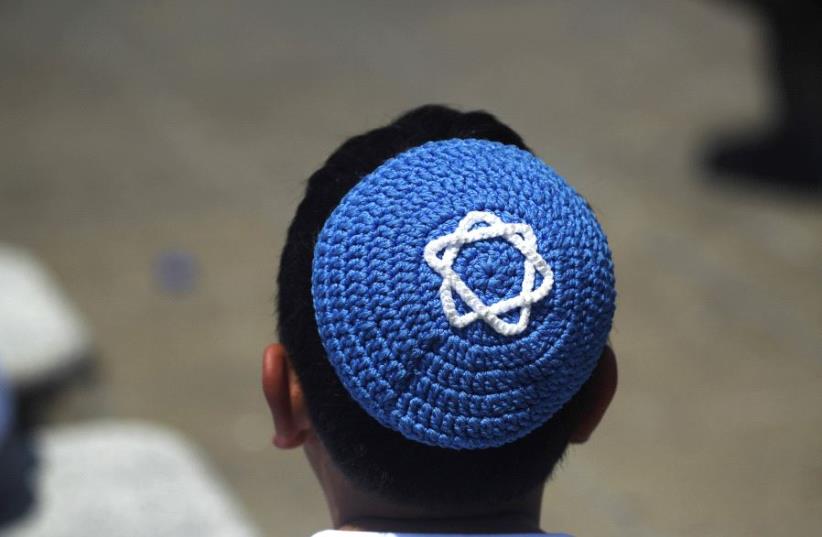
The headcover is called a kippah in Hebrew, and in Yiddish, it is referred to as a yarmulke. This head covering is traditionally used by men throughout the praying services. However, in recent years, ladies have been allowed to wear it too, especially in Reconstructionist and Conservative religious communities – and in some of those communities, wearing the headcover is voluntary for males too.
During the previous century, most men chose to wear the yarmulke under their street hats and today. But, even today some individuals choose to wear the kippah not only when they attend praying services but throughout the day. For example, there are some traditions that state that all Jewish men cannot walk further than 18 inches without a kippah on their heads. Although this is not practiced anymore, it is still an interesting fact about this religion.
2. The Phylactery: Tefillin
The Phylactery or as it is referred to by Jewish families, the tefillin consists of a couple of small, black cases usually made from leather, and bands that keep them in place. The first box is placed on the upper part of the hand and it is tied in a specific way. The bands hanging from the box are intertwined around the hand seven times. The second black case is placed on the head of the person wearing it, with the bands placed behind their heads.
People can wear this traditional piece when they attend morning service, however, it is not usually worn during major festivals and Shabbat. Both males and females who are a part of either an Orthodox, Conservative, Reform or Reconstructionist religious communities can wear it. Once the case is opened, there are papers with specifically written paragraphs from their holy book.
3. A Prayer Shawl: Tallit
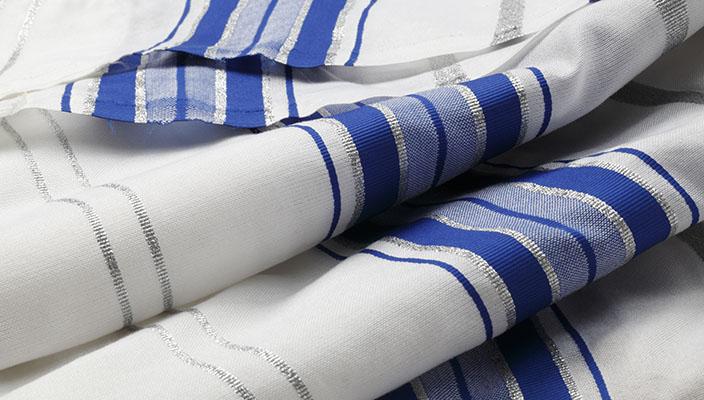
A big square cloak, usually manufactured from wool, cotton, or other artificial materials is called a tallit in this religion. Each of the corners of the long scarf is commonly decorated with 4 strings attached to the cloak in a specific way. The strings attached are referred to as tzitzit.
As the rules apply, tallits are usually worn by males, however, since the times are changing a lot of non-Orthodox communities allow women to wear these capes during morning prayers too. In some of the congregations, only men that are married are allowed to wear this cloak. You can find it here.
Traditional Jewelry Symbols That Both Women and Men Wear
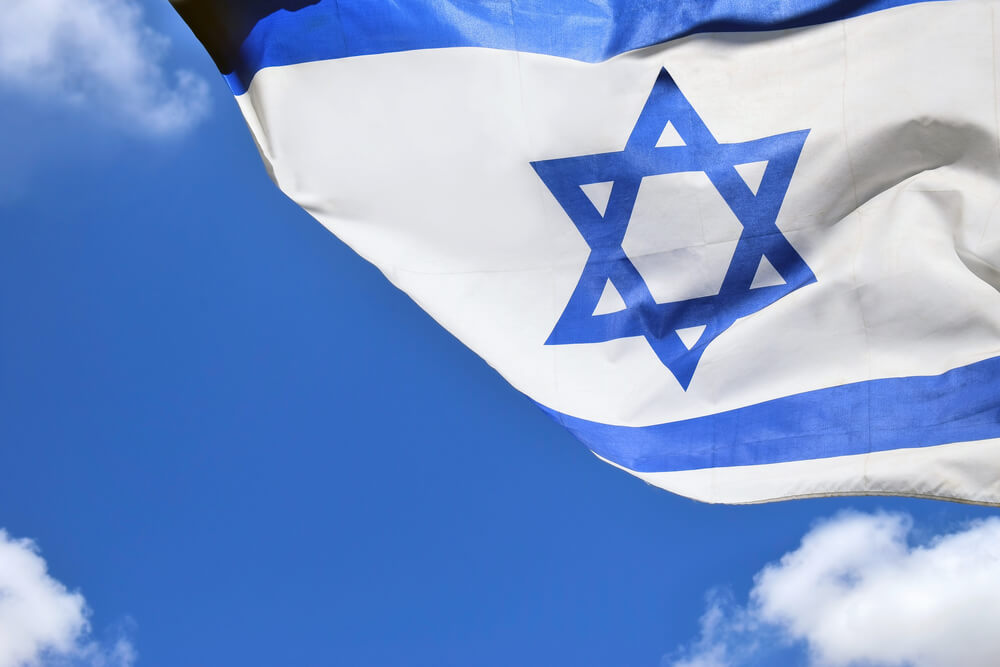
There are various jewelry pieces in the Jewish culture you can find here, and they are all quite unique and trendy. The most common symbols featured on these accessories include:
- The Star of David – this is the most common symbol featured on jewelry and it also decorates the flag of Israel. You can find thousands of different designs such as the modern and classic designs in gold, silver, and other metals. Some of them are even combined with precious stones and gems, as well as the quite expensive Roman glass.
- Hamsa Symbols – the Hamsa symbol is ancient and it acts as a talisman for the person wearing it. The handshape goes back thousands of years in both Islamic and Jewish traditions. People can opt for wearing necklaces, bracelets, earrings featuring this symbol. They are usually made from silver, but can also be found in gold, as well as decorated with precious stones.
- Shema Yisrael – now, this symbol is a timeless declaration statement of the Jewish religion and faith. It is also one of the symbols that is growing in popularity not only in Israel but all over the globe as well. You can choose from a wide range of jewelry pieces including necklaces, bracelets, rings, and earrings.
- Verse and Blessings – for as long as history allows us to go, Jewish people have been manufacturing jewelry that features Biblical paragraphs and blessings. These jewelry pieces are both a work of art and talismans for the wearer and you will be able to find a wide range of them in a modern design. You will definitely be able to find something that suits everyone.
- The Eilat Stone – you might not know this, but the extremely rare Eilat stone is the national stone of Israel. It got its name after the most southern town in Israel where it was also first found in the cooper mines of King Solomon. Its color is mesmerizing and is a mixture of deep green shades with a deep blue color, and it is famous for having energies that stimulate love and positivity.
Conclusion
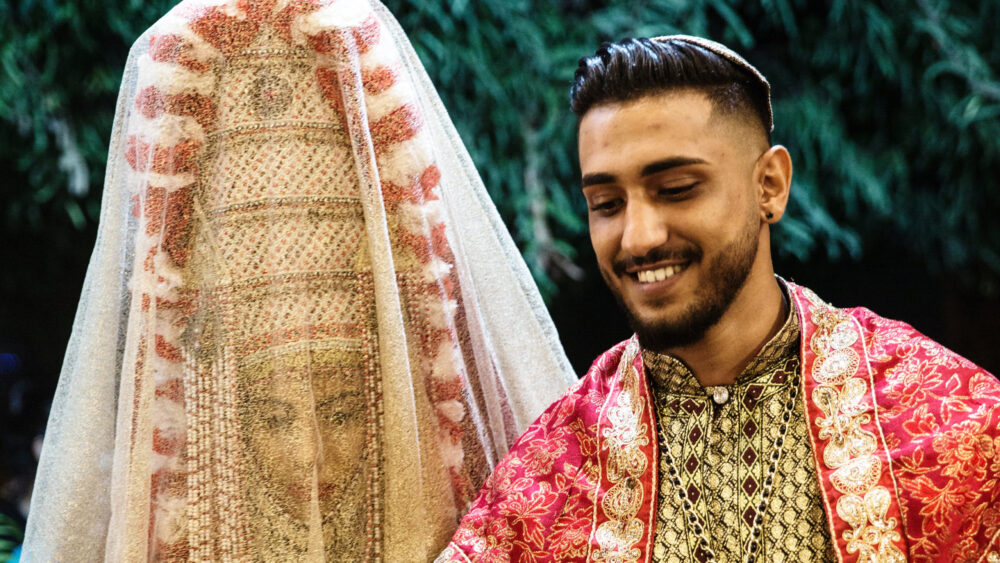
There you have it, the items from this list are the most traditional clothing and jewelry pieces in the Jewish culture and religion. If you ever need to buy something for your partner, coworker, or friend that comes from Jewish roots, you will no longer have to worry about what you should get them. Instead of worrying about it, you can simply choose one of the traditional clothing or jewelry pieces from above, and enjoy the smile on their faces when they open their gift. They will not only be happy about getting a gift, but they will also be deeply touched by the gesture of respecting their religion.








